History of Glass Making
In the history of glass, evidence can be found as early as 3600 BC. First developed in Mesopotamia by mixing sand, soda and lime together at high heat, the technique of glass making has not changed very much,although the processhasevolved.In the beginning it was very rare to own a glass piece or aglass vessel. ThePhoenicians and the ancient Egyptians knewthe secrets of glass production and used glass like materialssuch as little glass beads for jewelry before more advanced techniques were developed.Glass in ancient times had the same value as semiprecious stones.Colored glass was usedin mosaics, inlaid into furniture or formed into figurines. Amulets (good luck charms) were made using a combinationof semi–precious stones and glass. The process of making usable glass products such as bottles and bowls was expensive andtimeconsuming. It wasn’t untilaround the 1st centurywhen glass blowing was developed thatit became more accessible to everyone.
Necessary Raw Materials
The first glassbottles were made using a soda-lime composition.Todayglass is made of the same materials. When these materials are heated at very high temperatures and quickly cooled, they turn to molten glass.Around 100 AD in Alexandria they discoveredhow to make clear glass byadding manganese dioxide. This discovery in the history of glass lead to using glass in architecture andit was used in the most important buildings in Rome andother places.Through the next 1,000 years glass making spread across Europe, India, China and Iran.
Glass Blowing History
The discovery of glass blowing made glass production easier, faster and cheaper.Glass blowing was developedby the Phoenicians and had atremendous impact on society. This enabledcraftsman to mold molten glass into virtually any size and shape. They used a blowing iron. This wasan iron tube about 5 feet long with a mouthpiece at one end and a knob for holding soft glass on the other end. A chunk of molten glassis placed on the knob end and rolled into the desired shapeusing a flat surface for shaping. The chunk ofmolten glass can be blown inside of and shaped to make vases,pitchers, bowls, etc. A solid iron rod could be used to make thestem of a glass or the handle of a pitcher and then fused to the main piece.
As the glass industry developed in Europe around the 13th Century, Venice became a major center. It was so active that the threat of fire from the furnaces became too great and they move the activity to the nearby island of Murano. At this time Angelo Barovier invented colorless glasswhich he called crystal glass or Venetian crystal.Heused a glass blowing technique called mould-blowing. Moulds were used to stamp a decorative design on the surface of the glass. The mould can be made of wood, bronze, iron, aluminum or steel. This technique spread to many parts of the world. Before the invention ofmetal blowpipes, glassworkers made clay blowpipes.
Techniques and Process
There are many techniques that are used tomakeglass products and give them different appearances.Glass can be colored or clear, it can have a metallic appearance, it can haveintentional bubbles, a cracked appearance or even a mosaic pattern. To color a glass piece, differentmetallicoxides can be added. For example,cupric oxide creates a green color andcobalt oxide makes blue.Avventurina was a technique that gave glassthe effect of changing coloror glitteringwhen tilted. This technique was discovered in the 17th centuryby accident when copper filling was spilled by a Murano glassmaker into the piece he was working on. Chrome can also be used for this effect. Bullicantegives glass the appearanceof bubbles in a regular pattern or evenly spaced. Single bubbles are pushed into moltenglass with a spike.The appearance of “cracked” glass is called Ghiaccio and is achieved by immersingthe hot glass object into cold water.Once the object has the cracked appearance it is then covered with another layer of glass.Millefiori means a “thousand flowers” and gives a mosaic appearance. This technique was developed in Alexandria around 100 BC and is still used by glassmakers in Murano, Italy. It involves using the cross sections of thin glass rods which have a flower design in the center of the cane. The cut pieces of glass cane are then placed into a brass shape and fused together to form a piece of mosaic glass.Sommerso was invented in the 1930’s in Murano.This process gives glassa layered appearance where there is one color layered over another color.This is achieved by dipping the object in one color and then another.
Found in Nature
When we think of glass, we think of it as man-made, however there are many formsin the natural world.In nature, it is formed when sand or rockare heated to high temperatures and then cooled rapidly.Obsidian is the most known and is derived from volcanic eruption. Other natural types arethe Tektites and Libyan Desert Glass. These formswerecreated by meteor impacts millions of years ago.When lighting strikes sand, Fulgurites are made. These are brittle tubes of melted sand.
Impact on Society
The effect of glass making in society has had a huge impact. We use it for so many things. For windows to let in light while protecting from the weather. For lights, TV’s, mirrors, optics, telecommunications, containers,lamps,etc. It is extremely durable and can be produced at a low cost. The raw materials for the process are inexpensive andabundant. It is nonporous,does not retain odors and can be completely sterilized.It had a positive impact on earlier societies and it has become anessential part of our life today.
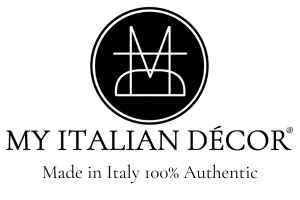
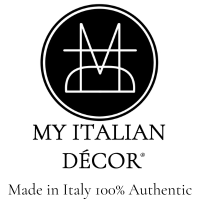
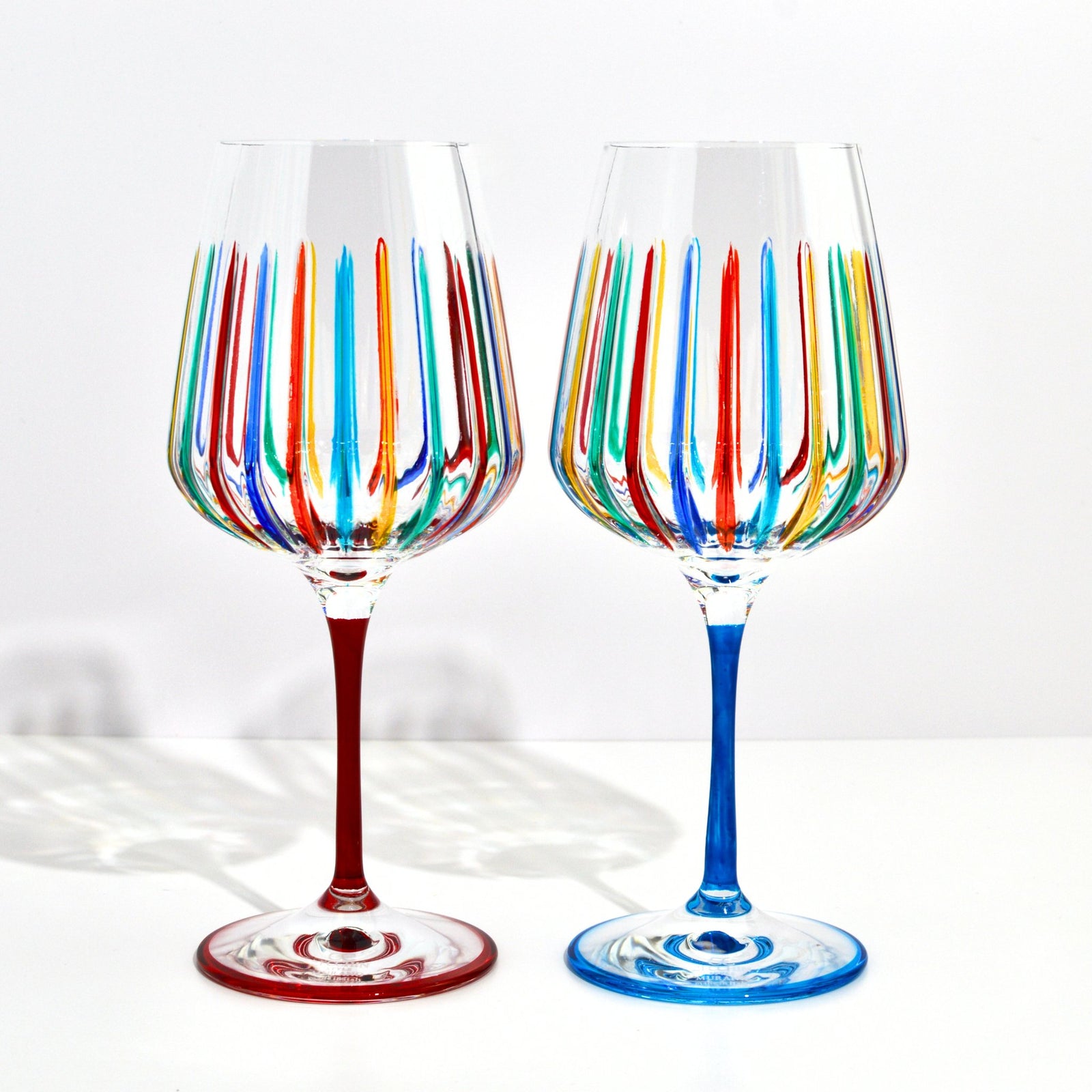
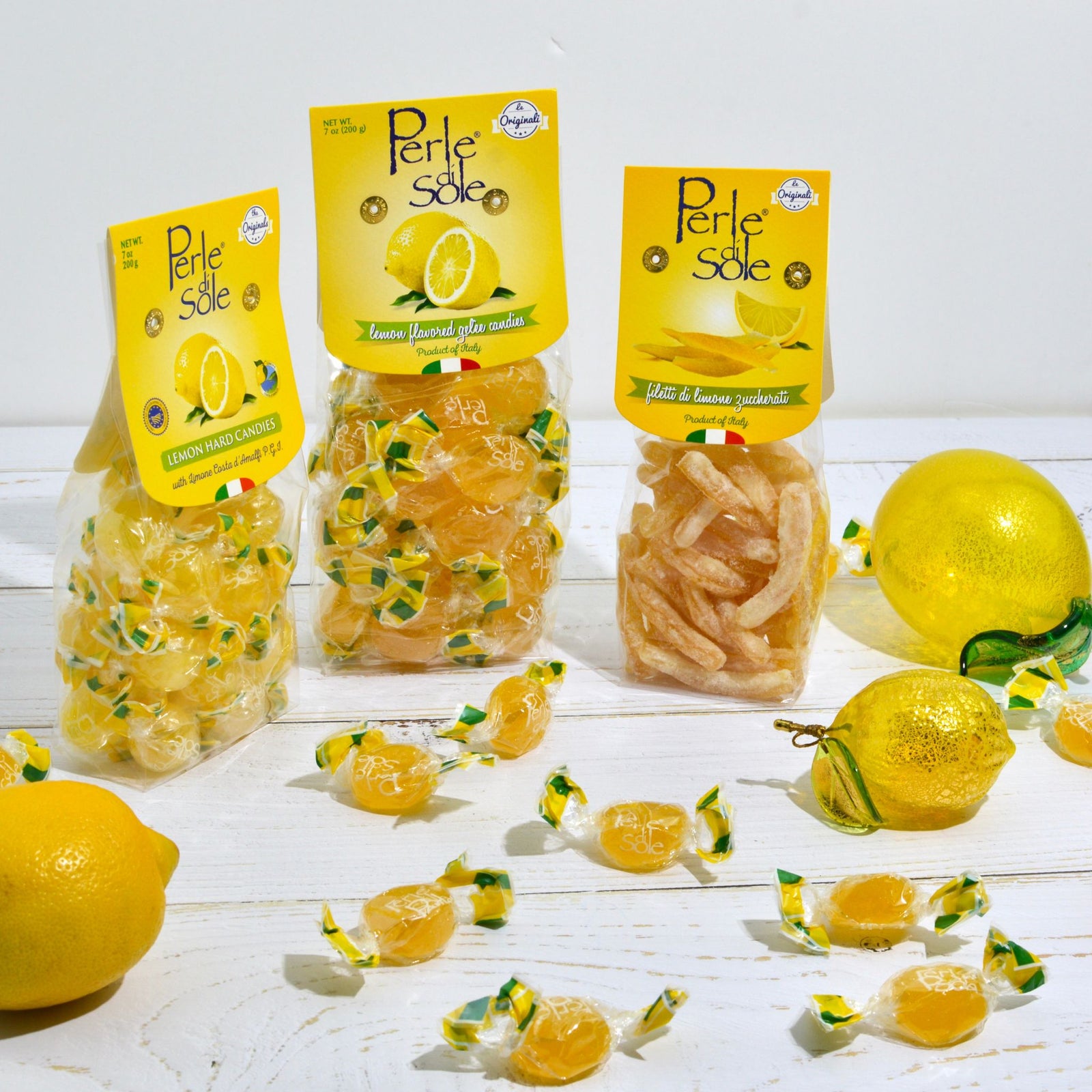
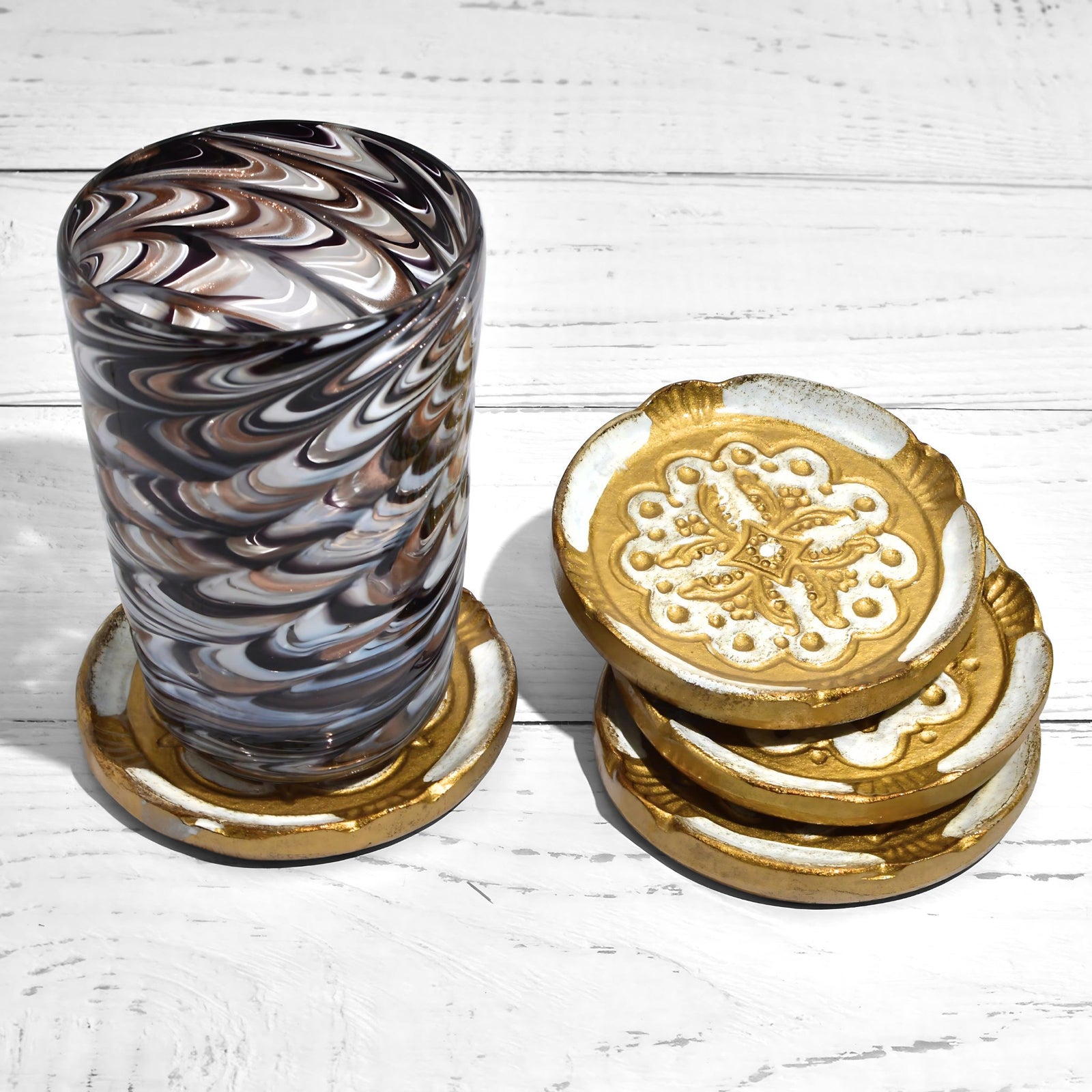


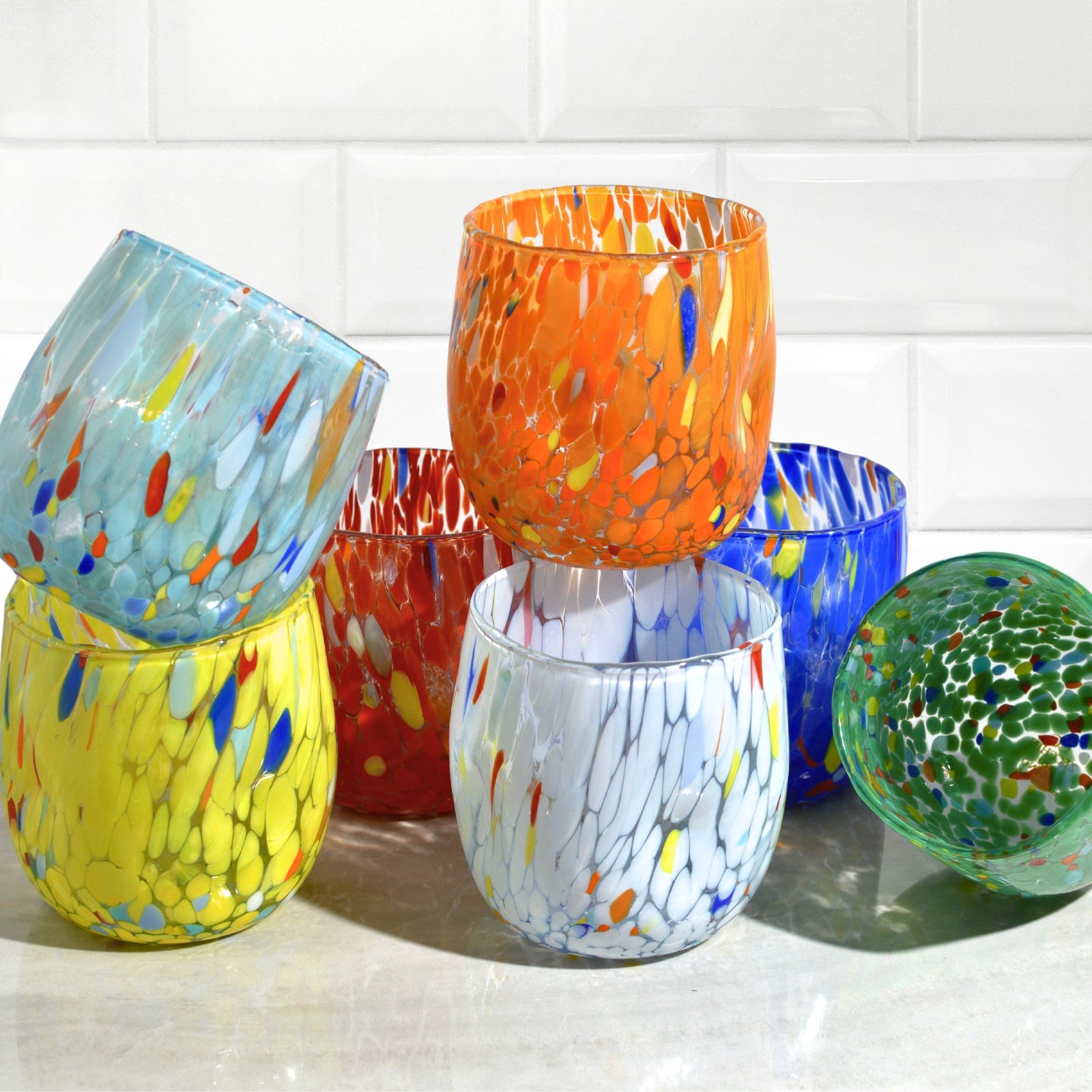
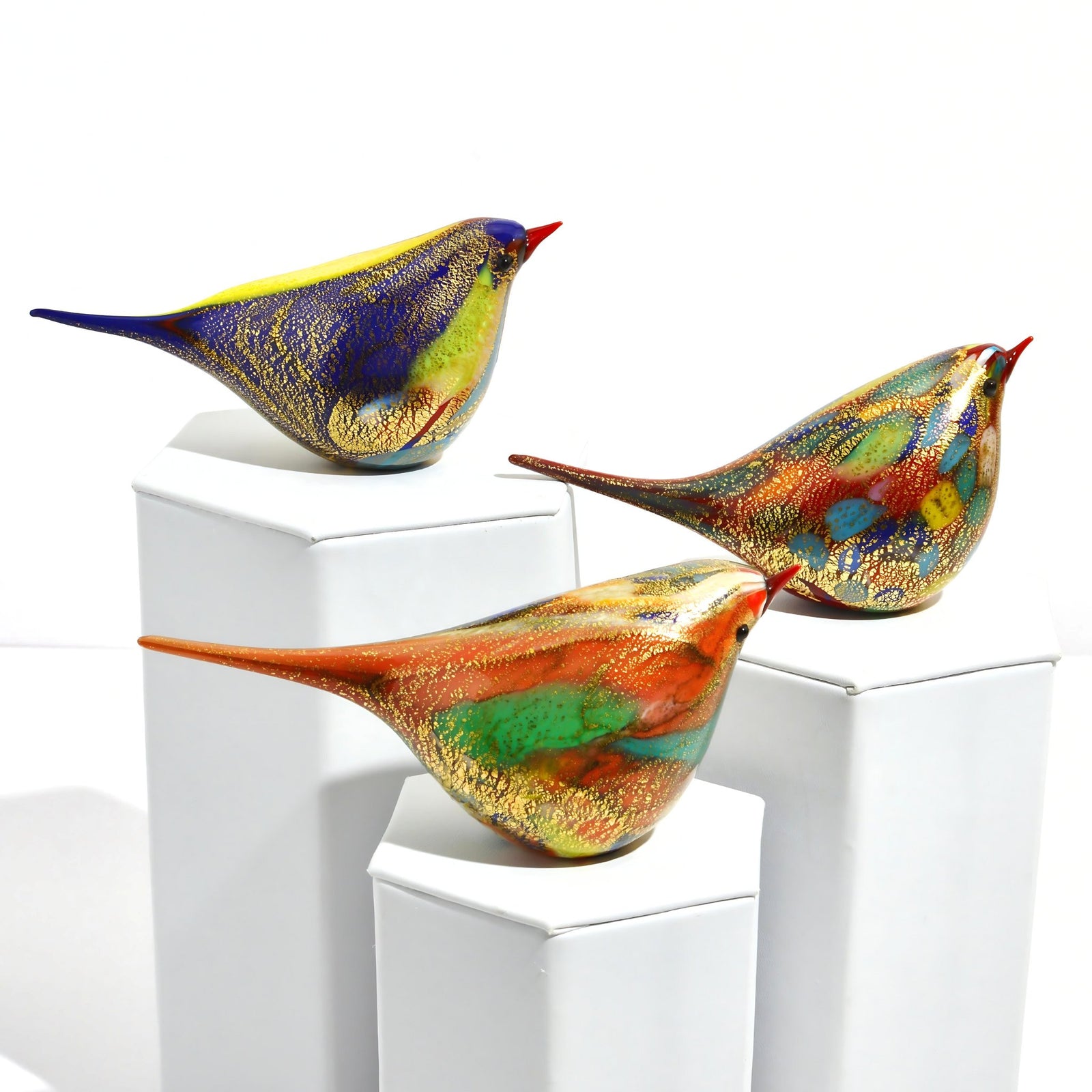


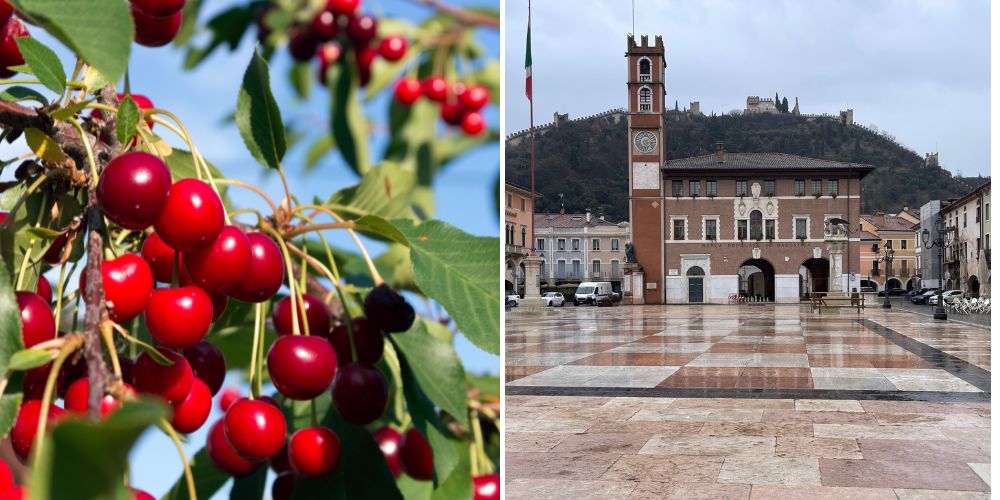

Leave a comment (all fields required)